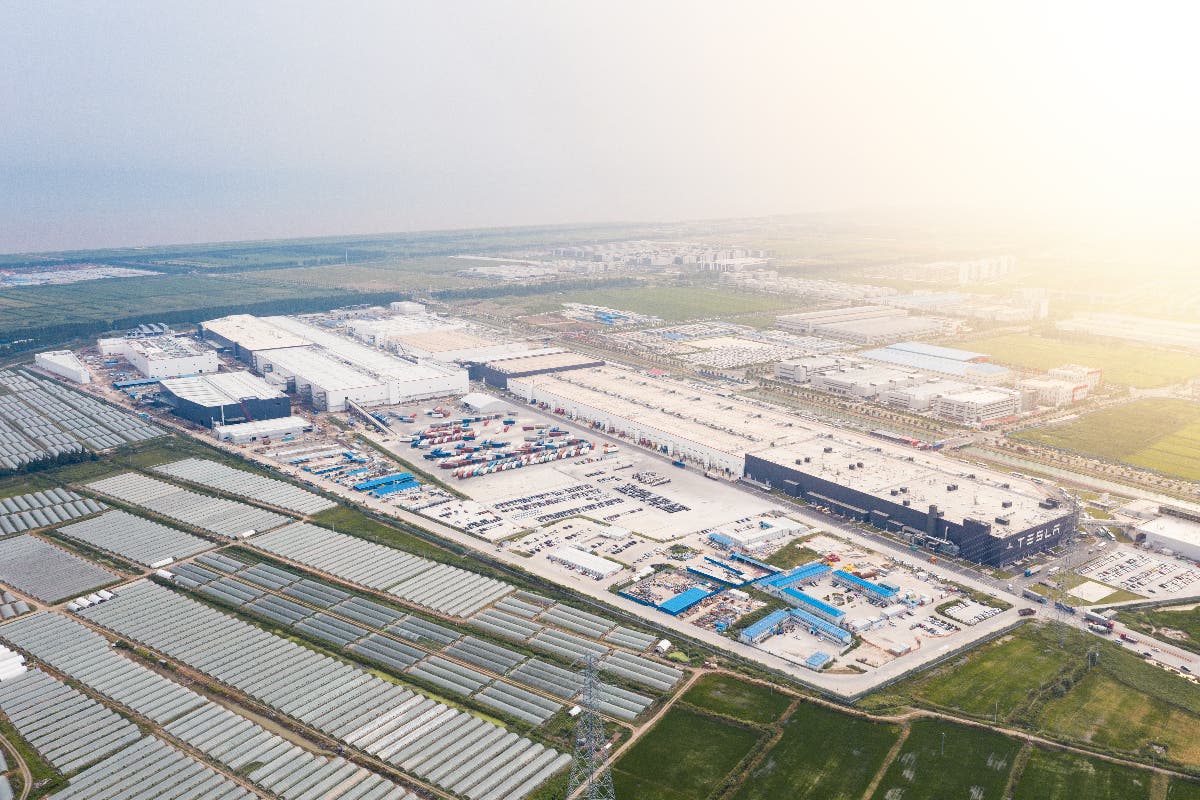Sign up for daily news updates from CleanTechnica on email. Or follow us on Google News!
Uber and BYD are joining forces to put as many as 100,000 electric cars into service for Uber’s ride-hailing service in Europe, Latin America, the Middle East, Canada, Australia, and New Zealand. The United States is conspicuously absent from the joint plan. The two companies will offer drivers lower vehicle pricing and financing, according to a report by Bloomberg.
The alliance bolsters an effort by Uber to transition its fleet of ride sharing vehicles to electric cars. Uber CEO Dara Khosrowshahi warned early this year the company’s planned electric car expansion was not proceeding as quickly as hoped. It’s also a boon to BYD, which has been one of the world’s fastest growing automakers the last few years. That expansion has largely been driven by climbing the sales ranks within China’s massive car market, and the company is now embarking on an expansion into countries where its brand is less established. Stella Li, the executive vice president of BYD and chief executive officer of BYD Americas, said, “We look forward to seeing our cutting edge EVs become a common sight on the streets of cities worldwide.”
Uber & BYD Must Navigate Trade Tensions
The partnership between Uber and BYD runs counter to increasing trade tensions between Washington and Beijing over the future of the automotive industry. China has built a formidable lead in batteries and the EV supply chain, and the US has been trying to push back against that dominance with a combination of punitive tariffs and tens of billions of dollars in tax credits for companies and consumers. Uber and BYD make no mention of the US in their joint statement, probably because the US market is virtually closed to its products. President Biden has vowed to increase tariffs on Chinese EVs to 102.5% this year, ratcheting up a rate that former president Donald Trump raised to 27.5% during his four years in the White House.
The US in not alone in trying to shield its domestic automakers from competition by low cost Chinese-made imports. A month ago, the European Union moved ahead with plans to impose provisional tariffs on electric vehicles imported from China that would raise rates to as high as 48%, a step likely to escalate trade tensions with Beijing. The EU move follows a US decision to impose a 100% duty on electric cars from China, though shipments are currently close to zero. Canada last month said it is considering tariffs as well. While China has threatened to retaliate, the EU’s comparatively well-off consumers represent an important outlet for Chinese electric car makers who are currently building more cars than the home market can absorb.
Those tariffs could have a negative impact on Uber’s objective for 100% of its rides in US, Canadian and European cities to take place in electric vehicles by 2030. One of the company’s challenges has been a lack of affordable, long range, and relatively spacious EVs to compete with low cost cars like the Toyota Prius that are primarily powered by combustion engines. The Prius is a popular choice for Uber drivers.
While there are more than 150 electric car models available in Europe, when Bloomberg added filters to find how many had four doors, more than 400 km of range, and were priced at less than €35,000, that list was winnowed down to just 20 models. From the point of view of drivers who have to purchase their own cars and pay for maintenance and fuel out of their own pockets, recent surveys have shown the price of a typical electric car and availability of financing remain key barriers that make it difficult for Uber drivers to switch from gasoline-powered cars.
However, BYD claims its vehicles have lower costs of maintenance and repair, and are well suited for ride sharing duty thanks to its wide range of available models. In addition, the collaboration between Uber and BYD may include discounts on charging, vehicle maintenance, insurance, and lease and financing opportunities. Uber has also arranged partnership agreements recently with charging network providers such as EVgo and Revel Transit to offer discounts to its drivers. In London, Uber has committed to investing £5 million ($6.4 million) in public electric car chargers.
BYD has been making a concerted push to manufacture vehicles outside its home market, with a new factory in Thailand now online and plans for factories in Brazil, Hungary, and Turkey in the works. In February, the company agreed to supply cars to Vemo, a startup based in Mexico City that offers electric taxis through the Uber app. It also was one of the lead sponsors of the Euro 2024 and Copa America football tournaments, boosting brand awareness across Europe and the Americas. Uber still has a long way to go to convert the millions of cars in its fleet to all electric cars. As of the end of the first quarter, Uber said 8.2% of its ride-share trip miles in the US and Canada and 9% of miles in Europe were completed in zero emission vehicles.
Uber, BYD, & Autonomous Cars
It doesn’t take a rocket scientist to realize that a significant portion of the income Uber derives goes to pay its drivers. If there were some way to take that piece of the puzzle off the board, the company’s profits would soar, in theory. What all those millions of drivers would do to replace that income is of course no concern to any good capitalist corporation. They are not eleemosynary organizations, after all. Uber and other ride-hailing companies have been pushing back hard against efforts in places like California that would make drivers employees of the companies, which would make them eligible for benefits such as health insurance and retirement programs. In the US, it would also save them the extra 7.5% self-employment tax that penalizes those who have the gumption to work outside the normal corporate economic structure — like online writers, for example.
In their joint statement, Uber also touted the automated driving capabilities of BYD’s vehicles, and said they are well placed to scale autonomous vehicle capability in the future. Uber currently works with Waymo to provide driverless rides in Phoenix and is offering autonomous deliveries in some parts of the US and Tokyo. And of course, the automotive world is holding its collective breath in anticipation of the announcement by Tesla in October that it has cracked the code for making robotaxis that will drive themselves 24/7/365 and make money for their owners every second of the day.
Irreconcilable Differences
The US can scream all it wants about unfair competition from Chinese electric car makers, but a 102.5% tariff seems a rather heavy-handed way of doing it, especially from a nation that holds itself out to the world as a beacon of free enterprise that can take on all comers. We have written extensive on this topic and freely admit we have no solution. It is a Gordian knot that defies all remedies.
But the upshot is those tariffs act as powerful subsidies for America’s domestic automakers who say thank you very much while they continue to offer gargantuan gas-guzzlers that produce enormous profits. Some would like to see those subsidies tied to commitments by those companies to actually make electric cars that would be able to hold their own in the marketplace as those subsidies ratchet down.
It’s a conundrum of gigantic proportions. It will take decades for Western nations to create the electric car supply chains needed to compete with the Chinese electric car industry, which has had a 20-year headstart. There is no debate about whether the Chinese government has heavily subsidized its own EV manufacturing capability. It has, to the tune of hundreds of billions of dollars. It’s not easy to figure out how to fix the problem, but it is fair to say that American consumers are being denied access to the low cost electric car models that would help speed up the transition to electric cars the nation needs to happen if its goal to reduce greenhouse gas emissions quickly has any hope of success.
If any CleanTechnica readers have suggestions to offer about how this can be done equitably, please share them with us. In turn, we will share them with President Harris when she visits our posh global offices later this year.
Have a tip for CleanTechnica? Want to advertise? Want to suggest a guest for our CleanTech Talk podcast? Contact us here.
Latest CleanTechnica.TV Videos
CleanTechnica uses affiliate links. See our policy here.
CleanTechnica’s Comment Policy




